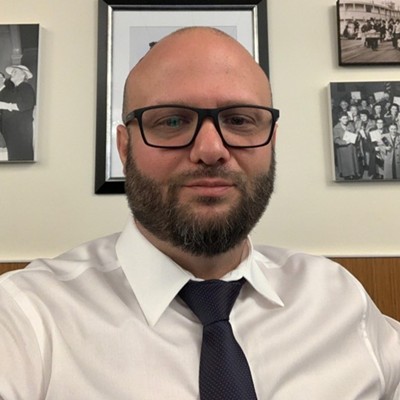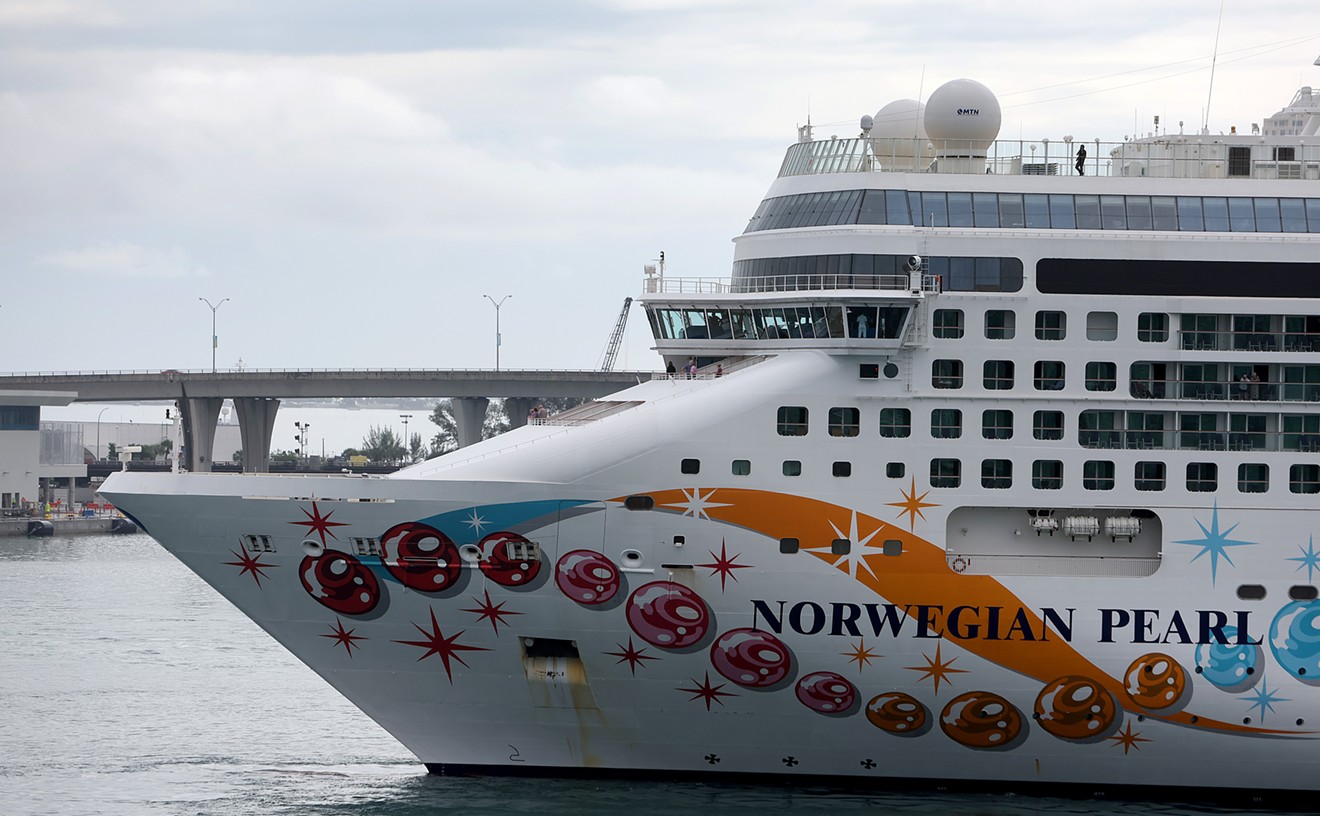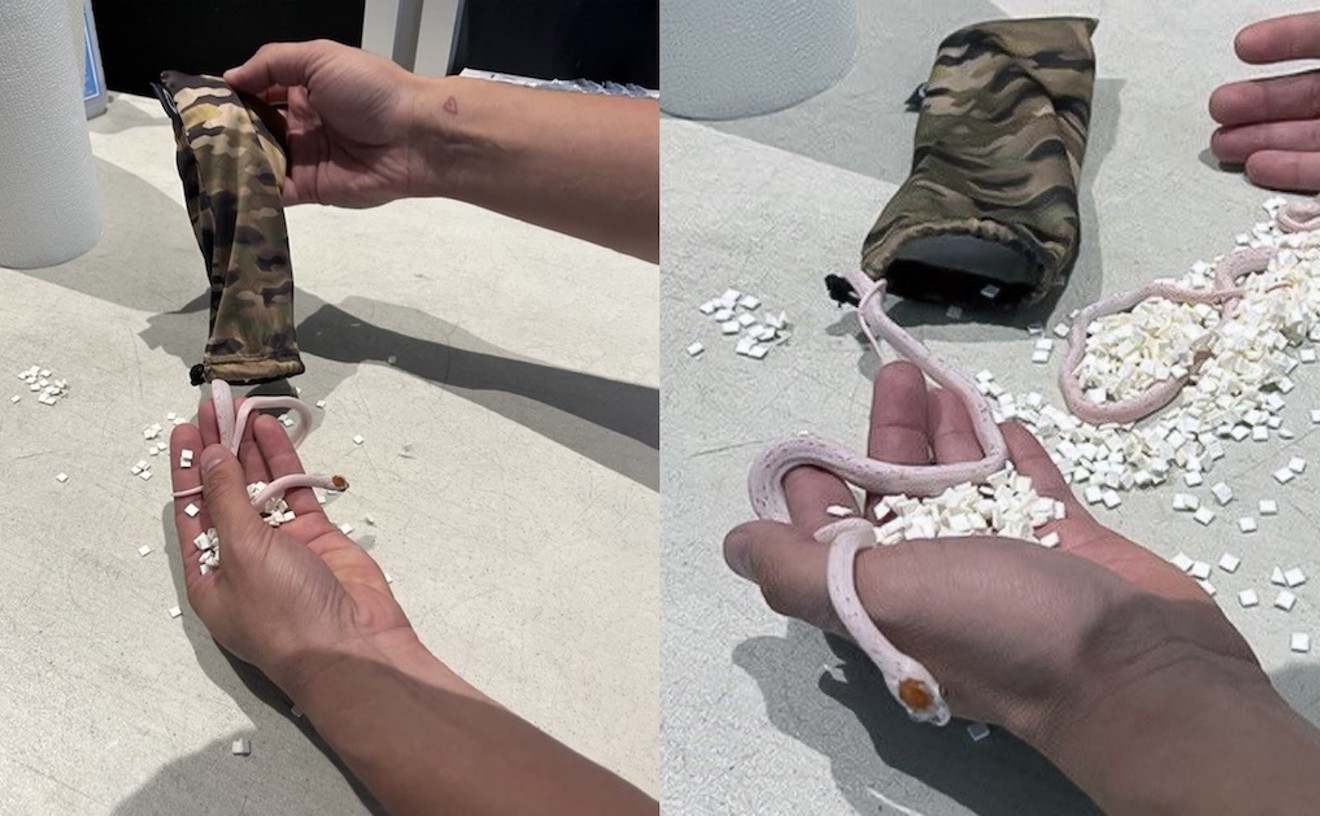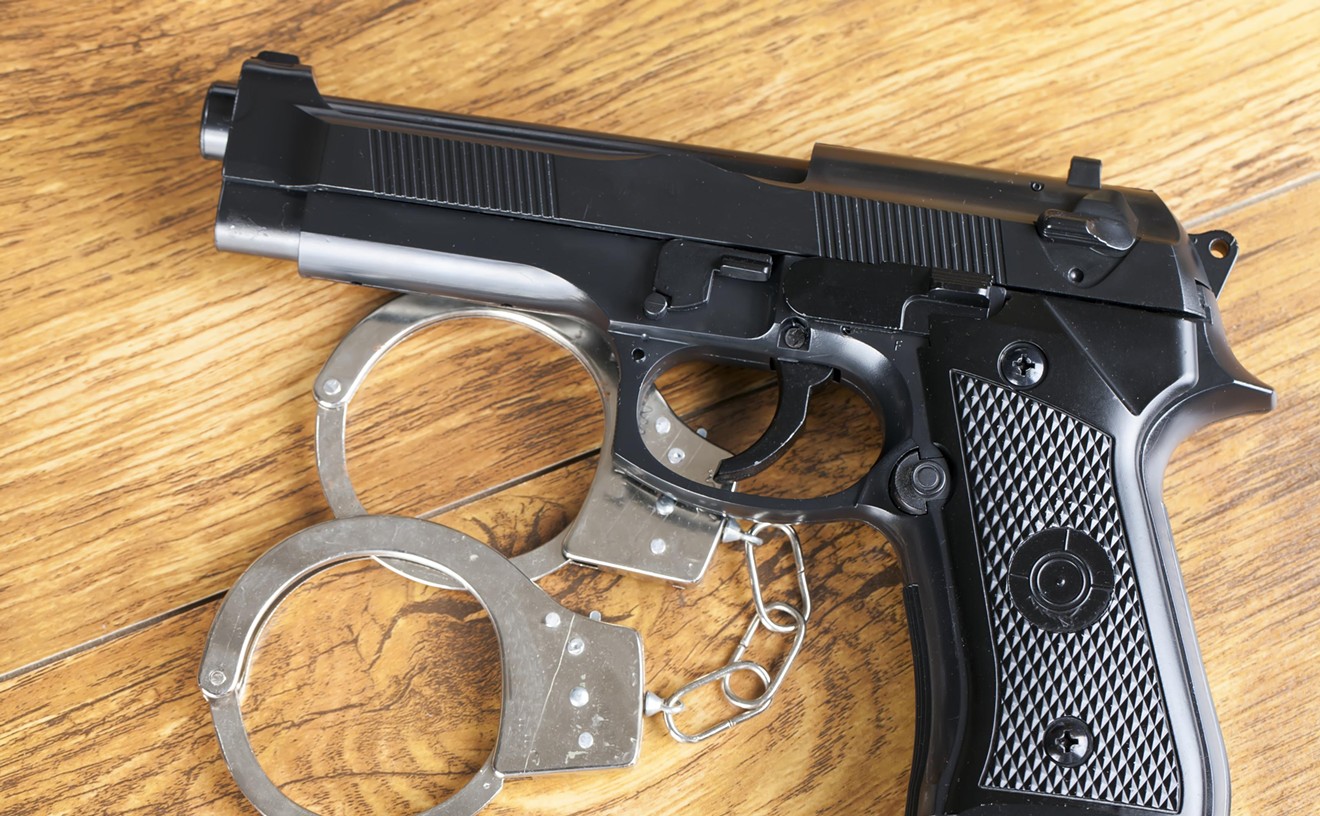Times are tough for the Miami Dolphins. No matter what they do, nothing seems to go their way. Year after year, high hopes turn into epic disappointments. Now, with coach Joe Philbin in the hot seat and Ryan Tannehill's tenure as the Dolphins starting quarterback tenuous at best, the team seems to be on the brink of rebuilding once again. It's a vicious circle with which Dolphins fans have become all too familiar.
It's as if the Miami Dolphins are cursed. Actually, that explanation might not be as crazy as you think. The answer to why the Dolphins have gone from a perennial contender to an annual disappointment may have been right under our noses the entire time. Enter the Curse of the Tequesta.
First documented in this 1985 article from the Ocala Star Banner are details of the discovery of ancient remains in the ground broken during the construction of Joe Robbie Stadium. The findings were located in an area near the spot where team offices now stand. The remains were identified as most likely that of the South Florida Tequesta Indian Tribe, a native population wiped out in the mid-1700s by European diseases.
A few months before the grand opening of the stadium, the Los Angeles Times wrote an article detailing the construction and unique funding of the Dolphins' new stadium. The article also mentions the burial site discovery:
"Then there were the two acres that archaeologists claimed were an Indian burial ground more than 1,000 years ago. They said that the Tequesta Indians had used the site about 800 A.D., and the Seminole Indians in the mid-19th Century."
The discovery threw a wrench into the Dolphins' construction plans because they were faced with archaeological guidelines before they could continue digging. The Dolphins originally agreed to avoid clearing part of the southeast corner of the property where the remains were found but later received permission to remove the remains and artifacts. Because you don't just not build a football stadium because Native Americans happened to use your land to bury their dead centuries ago.
The Dolphins promised to pick through the site carefully and methodically, taking care to locate and remove anything deemed to be ancient remains or artifacts. Here's another detail from that L.A. Times piece:
"[The agreement] allows [the Dolphins] to clear in specified locations," said Tom Beck, at the time an administrator with the regional impact division of the Department of Community Affairs. "They just can't clear willy-nilly. It's a very limited authority for development. There won't be any mass clearing of any archaeological sites."
The Dolphins eventually excavated the burial grounds in six-inch increments, allowing experts to sift through the dirt slowly. Once the area was cleared of artifacts and ancient remains by Dade County archaeologists, the Dolphins were free to continue building the field that their offense would forever explore in six-inch increments. Really, it's a touching tribute that not enough people talk about.
So the story ends there, right? Problem solved, right?! Ha-ha! Nope.
Normally digging up ancient Indian burial grounds doesn't involve a happy ending. While the rest of us were drooling over Dan Marino touchdown passes in Miami Gardens, a select group was still pissed off at that whole "disturbing the dead" thing, and they wanted it to be known that the Miami Dolphins would be doomed for eternity for their sins. In 1989, the Sun-Sentinel documented a few odd phone calls that came into the sports radio station 610 WIOD-AM:
Consider this call that WIOD Sportstalk radio show host Rick Weaver remembers from November."I live across the street from Joe Robbie Stadium," snarled a Spanish-accented man's voice. "And I have put a curse on the stadium and the football games."
"Oh yeah? So what are you doing? Sacrificing chickens out there or something?" said Weaver, laughing. The caller said yes, he was.
"Boy, that was a really bizarre call," Weaver said.
Then he got his next call: "This lady called and said Joe Robbie Stadium needed an exorcism because it was built on Indian burial grounds."
Well, shit. Could the Miami Dolphins really have their own Curse of the Bambino on their hands? Could it be that we have found the root of all this pain and disappointment? Before you laugh it off, consider some of the facts:
- January 20,1985: Dolphins lose 38-16 to the San Francisco 49ers in Super Bowl XIX.
- May 1985: Tequesta Indian artifacts and remains are discovered on the land where the Dolphins now play.
- May to December 1985: The Dolphins hire experts to sift through the site, recover, and remove every artifact they find.
- December 1, 1985: Less than 11 months later, the Dolphins continue construction on what is now known as Sun Life Stadium.
- 1985 to present: The Dolphins have not returned to the Super Bowl since.
Spooky! Or is it just a coincidence? Could the curse have changed Drew Brees' x-ray, in turn making the Dolphins decide Daunte Culpepper was a better option? Did the curse send us Jeff Ireland?
You be the judge.
Follow Miami New Times on Facebook and Twitter @MiamiNewTimes.











